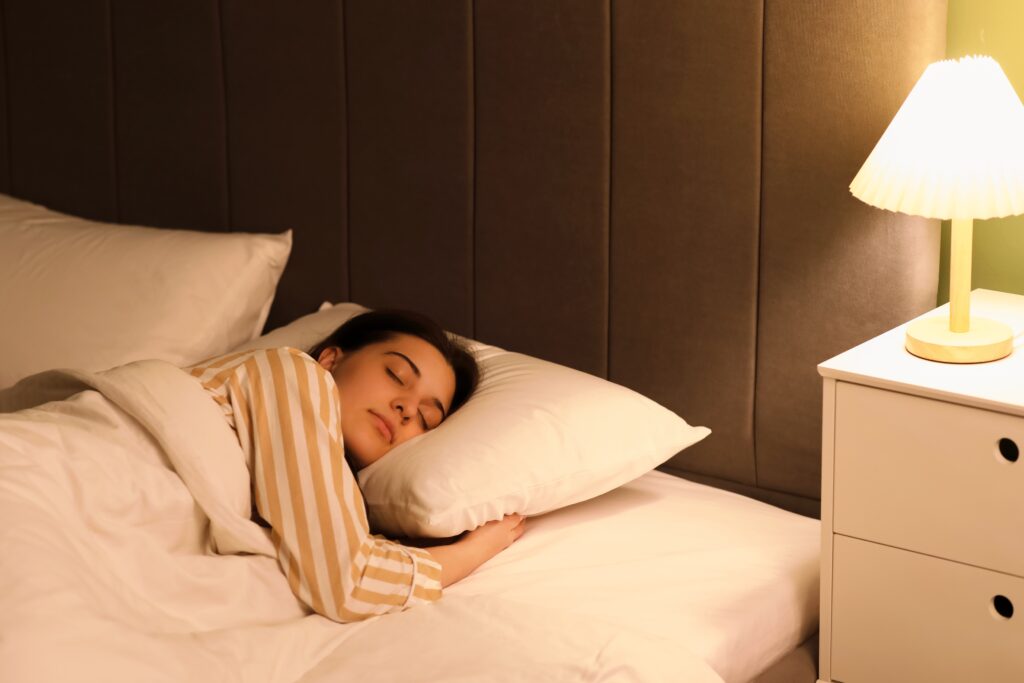Unlocking the Secrets to Restful Nights
To mark World Sleep Day, explore this practical, research-supported guide to better sleep. From adjusting to seasonal changes to understanding historical sleep patterns, simple shifts in habits can enhance your rest and overall well-being.
Imagine waking up on a weekday morning. Sunlight peeks through your window, birds chirp, and yet, a familiar fatigue lingers. Millions struggle with inadequate sleep. In the United States alone, an estimated 50 to 70 million people suffer from sleep disorders. Globally, experts even classify this issue as an epidemic. However, making small adjustments—both mental and physical—can lead to deeper, more restorative sleep.
1. Embracing the Two-Phase Sleep Cycle
Many people panic when they wake up during the night, assuming uninterrupted sleep is essential. However, history suggests otherwise.
For centuries, humans followed a biphasic sleep pattern. They would sleep for a few hours, wake up for a period of activity, and then return to rest. During these wakeful intervals, people engaged in quiet conversations, reading, or even socializing.
Roger Ekirch, a historian at Virginia Tech, rediscovered this historical sleep pattern in the 1990s. He believes that understanding biphasic sleep as a natural phenomenon could reduce anxiety about nighttime awakenings. Rather than stressing about broken sleep, recognizing its normalcy can help promote relaxation.
2. Adjusting Sleep for Seasonal Changes
As spring arrives, waking up becomes easier, and sleep duration often decreases. Scientific studies confirm that people tend to sleep longer during winter.
A German study found that REM and deep sleep last longer in December than in June. REM sleep is when vivid dreams occur, and heart rate increases, while deep sleep helps repair muscles and consolidate memories. Understanding these natural fluctuations can help individuals adjust their sleep schedules to maintain energy levels throughout the year.
3. The Science Behind Power Naps
Midday naps are a common practice in many cultures, and research supports their benefits. A 2023 study found that habitual napping can slow brain aging by three to six years. A larger brain volume is associated with a lower risk of Alzheimer’s and vascular dementia.
Short naps—under 15 minutes—provide immediate cognitive boosts that last up to three hours. The key to effective napping is keeping them brief and scheduling them in the early afternoon to prevent interference with nighttime sleep.
4. The Hidden Dangers of Microsleeps
Not all naps are beneficial. Microsleeps—brief, involuntary lapses into sleep—can be dangerous, especially while driving.
A study of 52 Japanese truck drivers revealed that 75% experienced microsleeps before a collision. Additionally, people who get six hours of sleep or less for two consecutive weeks experience microsleeps at the same rate as those who stay awake for an entire night. Frequent microsleeps are a strong indicator of chronic sleep deprivation and require immediate attention.
5. The Benefits of Sleeping Together
Sleeping alone is a modern practice. Historically, sharing a bed was the norm, offering both warmth and companionship.
Before the 19th century, people commonly slept beside friends, colleagues, or even strangers. A bedmate provided comfort and conversation—though they also brought snoring and the occasional bedbug. While today’s sleeping arrangements prioritize personal space, history suggests that communal sleep had psychological and physiological benefits.
6. Prioritizing Sleep Quality Over Quantity
While the recommended sleep duration varies for each individual, quality is ultimately more important than quantity.
Interrupted sleep can leave you feeling exhausted, even if you technically get enough hours in bed. During sleep, cerebrospinal fluid washes away harmful toxins from the brain—a process known as the glymphatic system. This function works best when individuals maintain a consistent sleep schedule. Aligning rest with natural circadian rhythms enhances sleep quality, leading to improved focus and mood.
7. The Evolution of Beds: A Reason for Gratitude
Modern beds offer unparalleled comfort, but sleeping conditions in the past were far less ideal.
In medieval times, enclosed box beds provided warmth but trapped stale air. Later, mattresses stuffed with straw or leaves often attracted fleas and other pests. In Victorian-era England, the homeless were sometimes given “coffin-beds” or forced to sleep draped over communal ropes. By contrast, today’s sleeping arrangements are significantly more hygienic and supportive.
Sleeping Smarter for Better Health
By adjusting sleep habits to align with seasonal changes, embracing short naps, and understanding historical sleep practices, individuals can enhance their rest. Even if waking up remains a struggle, making small but meaningful changes can lead to long-term improvements in sleep quality and overall well-being.


